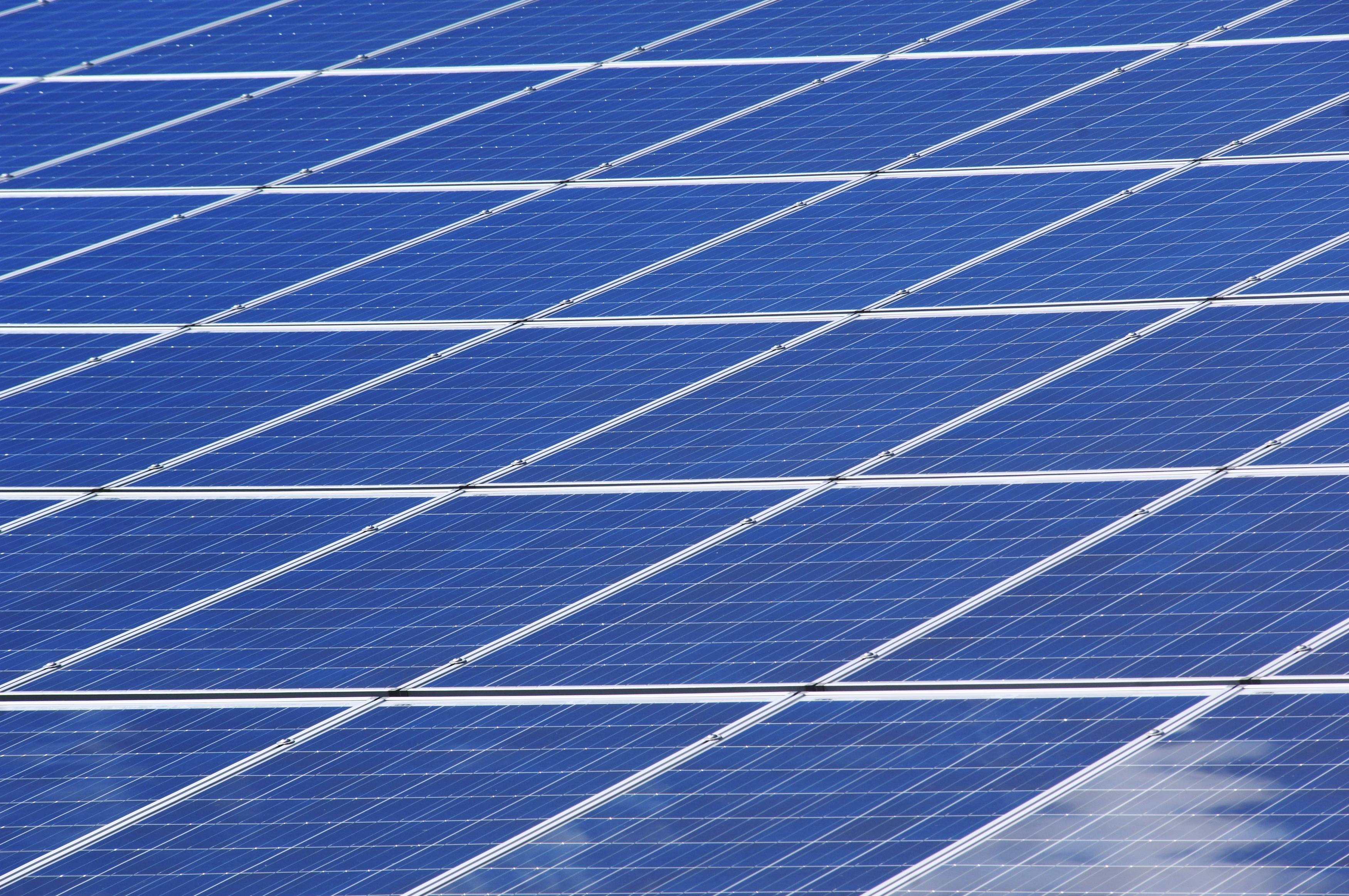Solar Battery Storage Systems: Essential Guide for Australian Homes
Solar battery storage systems have become increasingly popular among Australian homeowners seeking energy independence and reduced electricity bills. These innovative storage solutions capture excess solar energy generated during peak sunlight hours, storing it for use during evening hours or cloudy days when solar panels aren't producing electricity. With Australia's abundant sunshine and rising electricity costs, solar batteries offer a practical pathway to maximising your solar investment while reducing reliance on the traditional power grid.

Understanding Solar Batteries and Their Function
Solar batteries work by storing excess electricity generated by your solar panel system during daylight hours. When your solar panels produce more energy than your home consumes, this surplus power charges the battery instead of being fed back into the grid. During periods of low solar production or high energy demand, your home draws power from the stored battery energy before purchasing electricity from your utility provider.
Modern solar batteries use lithium-ion technology, similar to electric vehicle batteries but designed specifically for stationary energy storage. These systems typically last 10-15 years and can cycle thousands of times while maintaining their storage capacity. The integration with existing solar installations requires an inverter system that manages the flow of electricity between your solar panels, battery, and home electrical system.
Battery Solar Integration with Existing Systems
Integrating battery solar storage with your current setup involves several key components working together seamlessly. Your existing solar panels continue generating electricity as normal, but now excess energy flows into the battery storage system rather than only back to the grid. This integration requires either a hybrid inverter that handles both solar and battery functions, or a separate battery inverter working alongside your existing solar inverter.
The battery management system monitors energy production, consumption, and storage levels throughout the day. Smart energy management allows you to prioritise battery charging during peak solar production hours and automatically switch to battery power during evening peak tariff periods. Many systems include smartphone apps that let you monitor energy flows and adjust settings remotely.
DIY Solar Power System Considerations
While DIY solar power system installation might seem appealing for cost savings, battery integration adds complexity that requires careful consideration. Solar battery systems involve high-voltage DC electricity and sophisticated electronic controls that must comply with Australian electrical standards and local council regulations.
DIY enthusiasts can handle some aspects like system design and component selection, but professional installation ensures safety compliance and warranty protection. The electrical connections between batteries, inverters, and your home’s electrical panel require licensed electrician work in most Australian states. Additionally, grid-connected systems need utility approval and inspection before activation.
Proper battery placement requires adequate ventilation, temperature control, and protection from weather elements. Battery systems generate heat during charging and discharging cycles, so installation location affects both performance and lifespan.
SunPower Solar Panels and Battery Compatibility
SunPower solar panels are renowned for their high efficiency and reliability, making them excellent partners for battery storage systems. These premium panels typically produce more electricity per square metre than standard panels, maximising the energy available for battery charging during daylight hours.
The higher efficiency of SunPower solar panels means faster battery charging times and better performance during partially cloudy conditions. This compatibility ensures your battery system reaches full charge more frequently, providing greater energy security during evening hours or extended cloudy periods. Many battery manufacturers specifically test compatibility with leading panel brands like SunPower to ensure optimal system performance.
When designing a system combining SunPower panels with battery storage, proper sizing becomes crucial. The battery capacity should match your evening energy consumption patterns while considering the enhanced electricity production from high-efficiency panels.
Cost Analysis and Provider Comparison
Solar battery pricing varies significantly based on capacity, brand, and installation requirements. Understanding these costs helps Australian homeowners make informed decisions about their energy storage investment.
| Battery Capacity | Provider | Cost Estimation (AUD) |
|---|---|---|
| 5kWh System | Tesla Powerwall | $12,000 - $15,000 |
| 6.4kWh System | Enphase IQ Battery | $8,000 - $11,000 |
| 10kWh System | LG Chem RESU | $10,000 - $13,000 |
| 13.5kWh System | Tesla Powerwall 2 | $15,000 - $18,000 |
| 9.8kWh System | Sonnen Eco | $14,000 - $17,000 |
Prices, rates, or cost estimates mentioned in this article are based on the latest available information but may change over time. Independent research is advised before making financial decisions.
Installation costs typically add $2,000-$4,000 to the total system price, depending on complexity and local electrician rates. Government rebates and incentives can reduce upfront costs, with some states offering additional battery-specific rebates beyond federal solar incentives.
Maximising Solar Battery Performance
Optimising your solar battery system requires understanding your household energy patterns and adjusting usage accordingly. Most Australian homes consume peak electricity during evening hours when solar panels aren’t producing power, making this the ideal time for battery discharge.
Battery lifespan depends heavily on charging and discharging patterns. Avoiding complete discharge cycles and maintaining moderate temperature conditions helps preserve battery capacity over time. Many modern systems include automatic management features that optimise charging cycles without user intervention.
Regular system monitoring helps identify performance issues early and ensures your investment continues delivering expected returns. Most battery systems include monitoring capabilities that track energy production, consumption, and storage efficiency over time.
Solar battery storage represents a significant step toward energy independence for Australian households. These systems provide backup power during outages, reduce electricity bills, and maximise the value of solar panel investments. While upfront costs remain substantial, falling battery prices and rising electricity rates continue improving the economic case for residential energy storage. Proper system sizing, professional installation, and regular maintenance ensure optimal performance and longevity from your solar battery investment.




